1. Feminism (Especially the Fourth Wave)
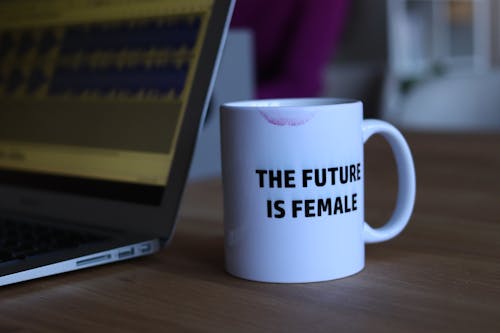
Feminism has existed for generations, but the rise of the fourth wave around 2012 brought a tidal wave of merch along with it. Shirts emblazoned with “The Future is Female” and “Nevertheless, She Persisted” became visual shorthand for empowerment and resistance. What made this different was how fashion retailers and influencers embraced the messaging—sometimes even without fully understanding the movement behind it. Suddenly, feminism was something you could buy at Target.
The commodification made feminism more visible, but also sparked debate about authenticity and performative allyship. Critics pointed out that wearing a slogan tee didn’t always translate into action or awareness. Still, merch helped normalize feminist language in mainstream culture. That level of visibility changed how the public engaged with gender equality.
2. Black Lives Matter
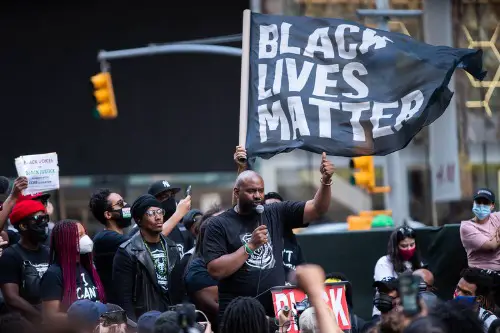
The Black Lives Matter movement gained momentum in 2013 after the acquittal of Trayvon Martin’s killer, but it wasn’t until years later that the merch truly exploded. By the time of George Floyd’s murder in 2020, BLM shirts, hats, and signs were everywhere—from protests to professional sports arenas. The phrase itself became a kind of visual uniform for solidarity and outrage. Even major corporations started producing or promoting BLM gear.
Merch made the movement visible in ways that headlines couldn’t. It gave people a tool to express grief, unity, and urgency—sometimes all at once. At the same time, it raised concerns about commercialization and who was profiting from pain. The shirts may not be the movement, but they became one of its most potent symbols.
3. Veganism

What used to be a fringe dietary choice transformed into a lifestyle, thanks in part to bold, often cheeky merch. “Plants Are Friends,” “Kale Yeah,” and “Powered by Plants” flooded Etsy and Instagram. These slogans helped shift veganism from something restrictive to something proud, even funny. It wasn’t just about what you ate—it became a visible identity.
As more celebrities and influencers joined the plant-based movement, the merch evolved. Athletic wear lines and food brands started incorporating plant-based slogans into their branding. The merch helped dismantle the “preachy vegan” stereotype by embracing humor and style. Wearing it became as important as living it.
4. Climate Action / Sustainability
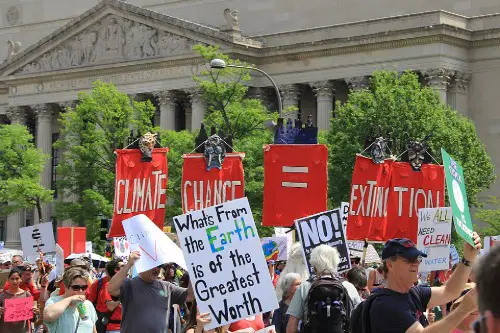
Climate activism has been around for decades, but it took a fashion-forward turn with the rise of Gen Z-led movements. Slogans like “There Is No Planet B” and “Make Earth Cool Again” started popping up on shirts, tote bags, and reusable water bottles. What made this different was the blend of urgency and trendiness. It wasn’t just about saving the planet—it was about looking cool while doing it.
This wave of climate merch often emphasized sustainable materials, creating a meta-awareness of consumption. Thrifted fashion, upcycled clothes, and slow fashion brands leaned into the trend. It gave young people a low-barrier way to signal their values. Whether it sparked deeper action is debatable, but it absolutely built momentum.
5. Mental Health Awareness
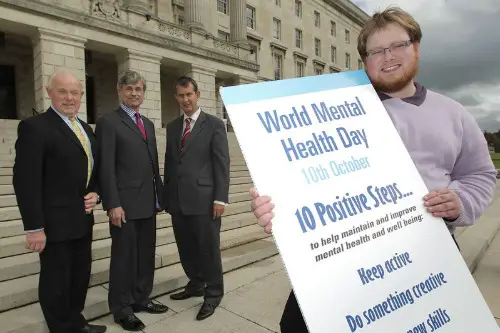
For decades, mental health was taboo—but then came a flood of merch that made talking about it feel less scary. Apparel with phrases like “It’s OK Not To Be OK” and “Anxious but Courageous” started trending. These items weren’t just fashion statements—they were conversation starters. They reflected a cultural shift toward openness and self-compassion.
The popularity of this merch coincided with rising anxiety and depression rates, particularly among young people. As therapy memes and mental health influencers took off, the gear followed. Brands like Mad Happy built entire identities around mental wellness. Merch became a form of solidarity and subtle outreach.
6. LGBTQ+ Pride
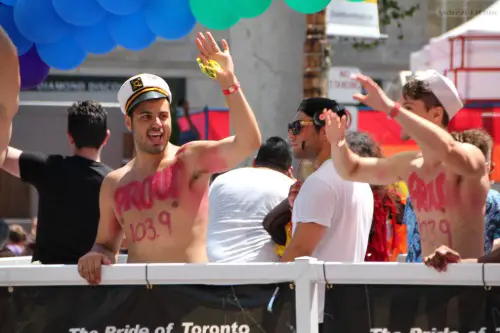
Pride parades always had their own flair, but in the last decade, Pride gear became a full-blown retail season. Rainbow flags, tees with slogans like “Love is Love,” and rainbow-branded products appeared in every major store by June. The merchandise helped spread visibility, especially for younger people in less accepting environments. Wearing Pride gear was a way to come out without saying a word.
Still, this explosion of Pride merch led to the term “rainbow capitalism.” Critics questioned whether companies truly supported the LGBTQ+ community or just wanted a slice of the rainbow pie. Despite that, the gear undeniably raised awareness. For many, that shirt or pin was their first symbol of identity.
7. Gun Reform Advocacy
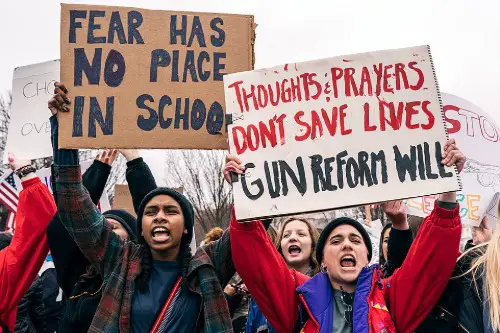
After the Parkland shooting in 2018, a new generation of activists brought gun reform into the merch space. Students and advocates sported shirts that said “March For Our Lives” and “Protect Kids Not Guns.” The visuals unified protestors and communicated the urgency of their message. It was no longer just a political debate—it became wearable resistance.
Merch helped connect scattered individuals into a community. It gave young activists a way to assert their voice and gain visibility. The movement leaned heavily on social media, and the shirts worked like shareable hashtags in real life. That tactile, visual unity gave the cause staying power.
8. Body Positivity

The body positivity movement began in the fat acceptance circles of the ’60s and ’70s, but went mainstream when the merch started talking back to diet culture. Slogans like “All Bodies Are Good Bodies” and “No Wrong Way to Have a Body” made their way onto shirts, stickers, and swimsuits. These statements rejected unrealistic beauty standards with humor and defiance. Wearing them felt like a radical act of self-love.
As plus-size fashion grew, so did the merch that supported it. Influencers and brands like Aerie and Savage X Fenty helped normalize all shapes and sizes. The movement’s visibility helped people reclaim their bodies from shame. And the merch made it loud, proud, and unapologetic.
9. Introvert Culture

At some point, being introverted went from awkward to endearing—and the merch absolutely helped. T-shirts reading “Anti-Social Social Club,” “Can’t Talk, Social Anxiety,” or just plain “Nope” let people wear their solitude like a badge. What used to be a personality quirk became an aesthetic. Suddenly, being quiet was cool.
The rise of internet humor around personality types helped fuel the trend. It became part of meme culture, and the merch made it tangible. People related to the messages, and proudly wore them to parties they didn’t want to be at. It was relatable, humorous, and oddly empowering.
10. Witchcraft / Spiritual Wellness

Crystals, tarot, astrology—all once considered fringe—found new life in chic, witchy merch. Tees saying “Stay Wild Moon Child,” mugs with zodiac signs, and moon-phase jewelry helped mainstream modern mysticism. This was less about organized religion and more about personal empowerment. It combined self-care, aesthetic, and identity.
Social media helped the trend explode, especially on Instagram and TikTok. Young people found comfort in ritual and symbolism, and the merch offered a gateway. It let people dabble without commitment. Suddenly, your coffee mug and your beliefs could match.
11. Resilience Culture
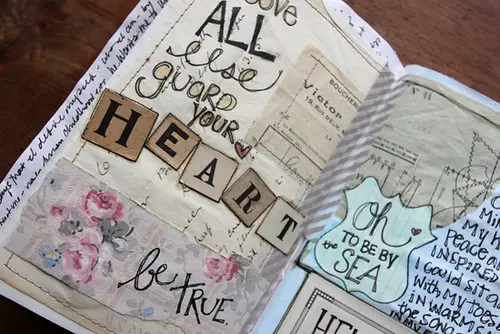
Slogans like “Rise and Grind,” “Good Vibes Only,” and “Progress Not Perfection” became the language of hustle culture and personal development. These mantras appeared on planners, mugs, sweatshirts, and water bottles—especially in start-up and influencer spaces. They turned personal struggle into something inspirational. And if you couldn’t feel better, at least you could look like it.
This “keep pushing” mentality found particular appeal in wellness and entrepreneurial circles. It blurred the lines between self-care and self-optimization. For better or worse, resilience became a brand. And the merch made it look like motivation incarnate.
12. Political Resistance (Post-2016)
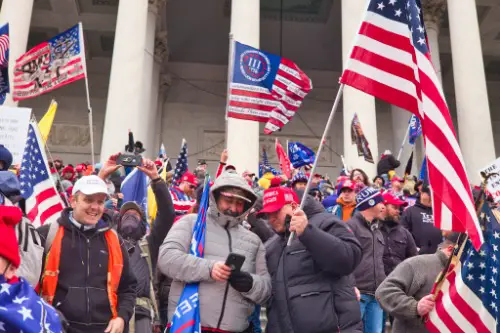
After the 2016 election, protest slogans became fashion statements almost overnight. “Nasty Woman,” “Not My President,” and “Grab Him By the Ballot” showed up on everything from hats to hoodies. The Women’s March turned pink “pussy hats” into a global symbol of protest. Resistance wasn’t just vocal—it was visual.
The merch gave people a way to express political outrage without speaking a word. It bonded strangers across cities and protests. It also sparked fierce debates about what counted as “slacktivism” versus real action. But no one could deny the role fashion played in fueling the fire.
This post 12 Trends That Became “Movements” the Moment Merch Started Showing Up was first published on American Charm.


